Nūhou
-

Bromo Indigo vs Indigo Blue: A Comparative Insight for Fabric Dyeing
When it comes to dyeing fabrics, bromo indigo and indigo blue stand out as two highly sought-after dyes.Heluhelu hou aku -
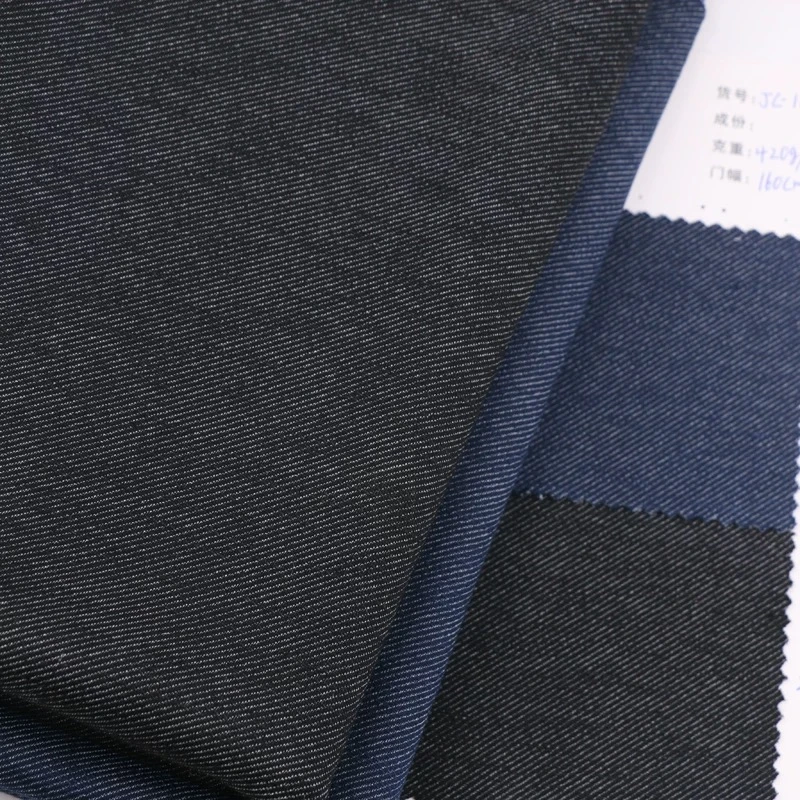
Sulphur Black: The Preferred Choice for Textile Dyeing
In the world of textile dyeing, sulphur black has emerged as a leading choice for manufacturers seeking durable, rich colors and efficient production processes.Heluhelu hou aku -
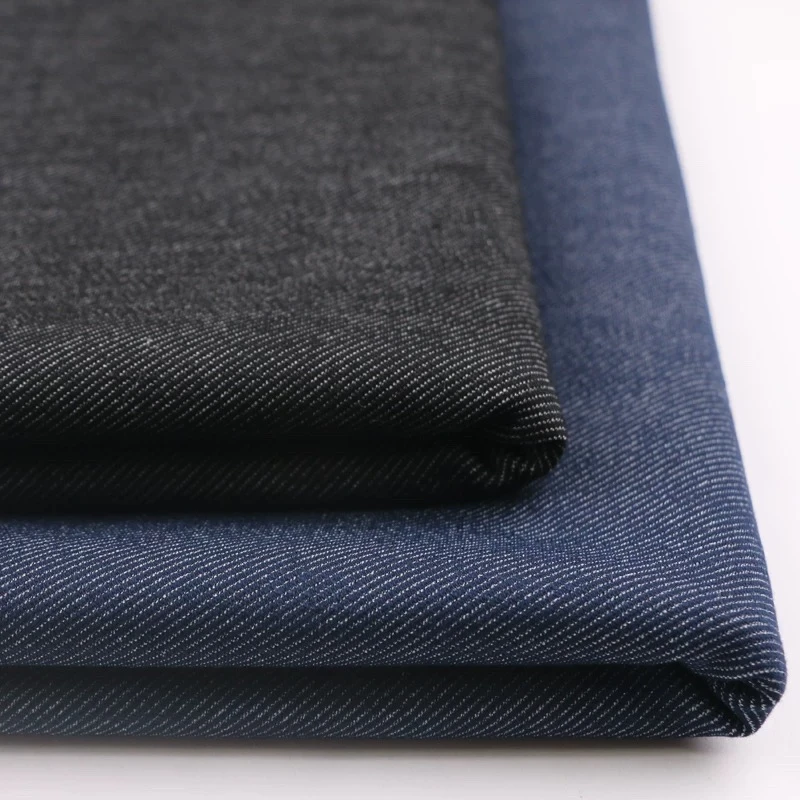
Sulphur Black: The Perfect Solution for High-Quality, Long-Lasting Fabric Dyeing
Sulphur black is a versatile dye that has become a staple in the textile industry, particularly for applications like denim production.Heluhelu hou aku -
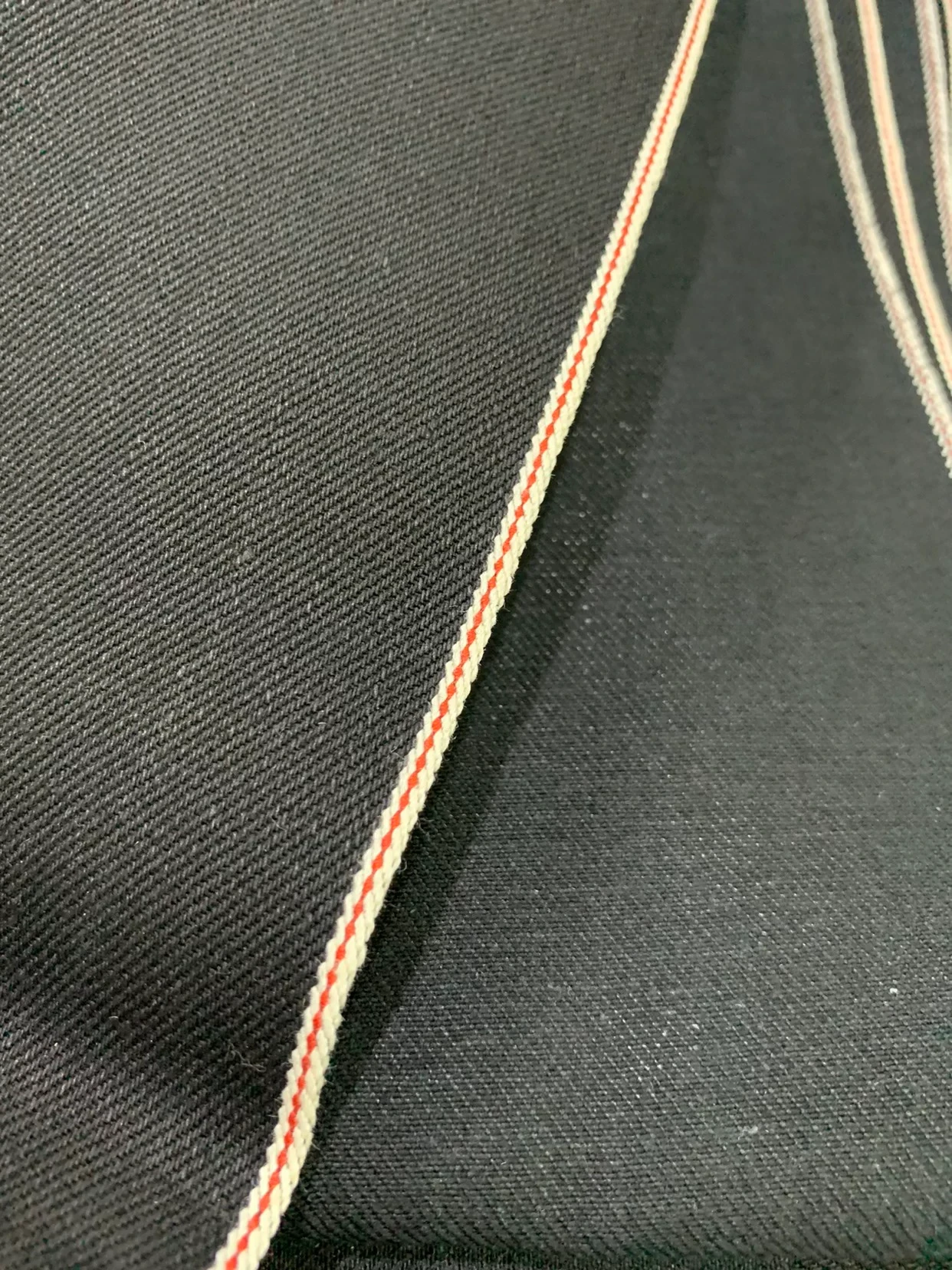
Sulphur Black: The Essential Dye for Rich, Deep Colors in Fashion
Sulphur black is a prominent dye used in the textile industry, especially in denim production, where it creates rich, deep black tones.Heluhelu hou aku -
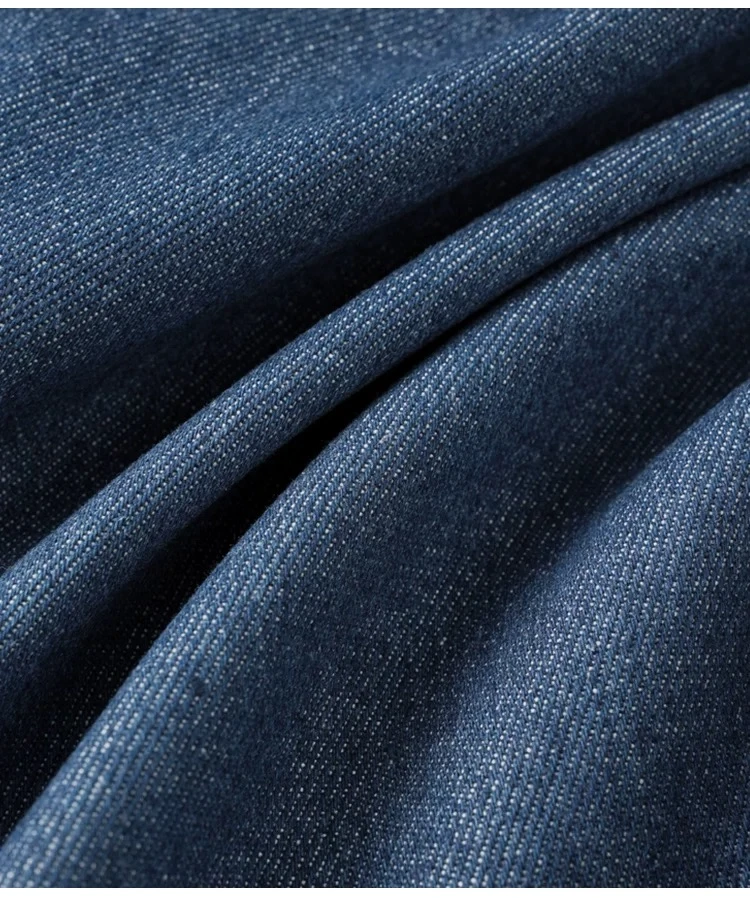
Bromo Indigo: The Future of Environmentally Friendly and High-Quality Dyeing
When it comes to textile dyeing, bromo indigo stands out as a versatile, environmentally friendly, and sustainable option.Heluhelu hou aku -
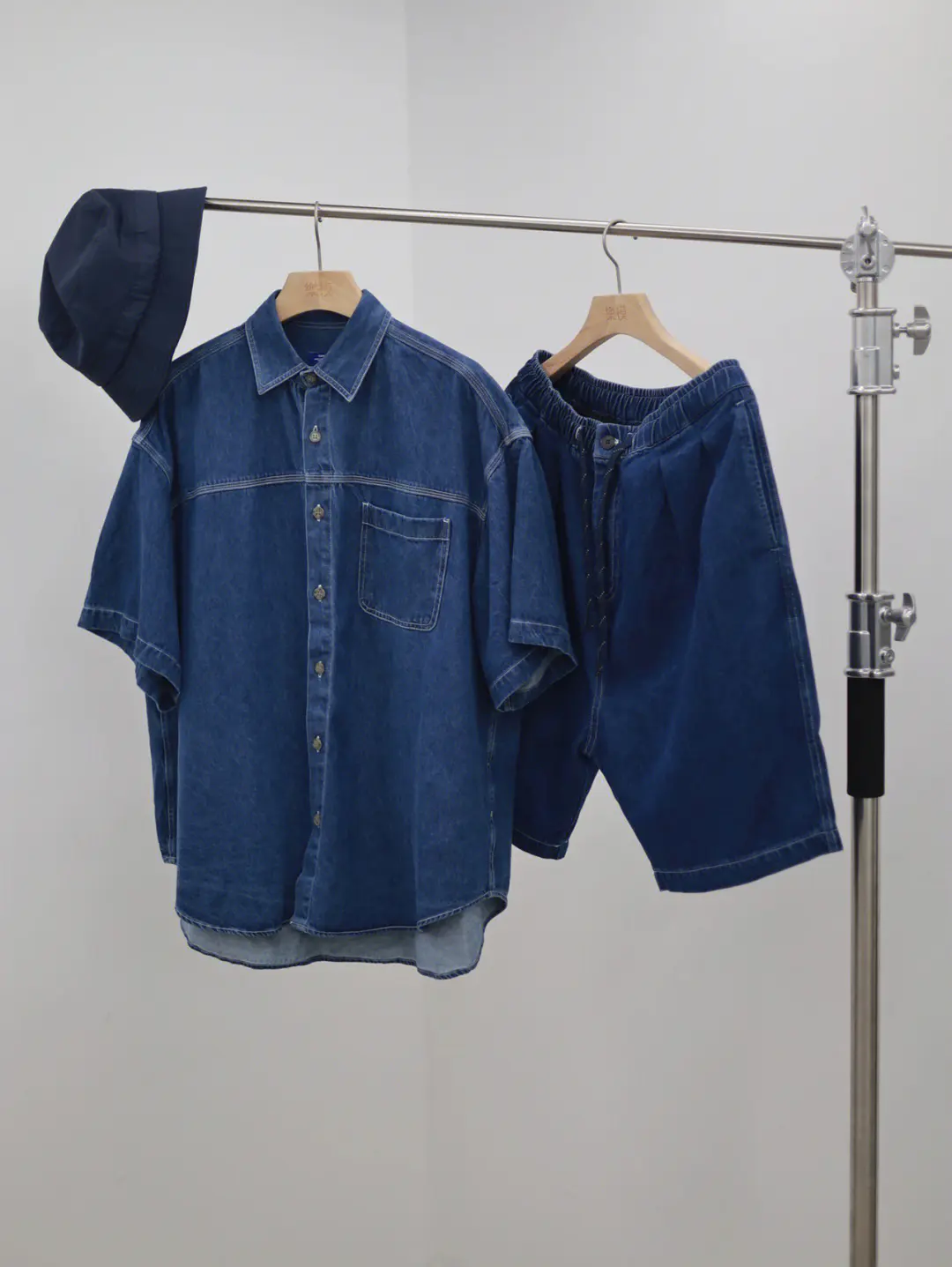
Bromo Indigo: A Superior Dyeing Solution for Long-Lasting Color
When comparing bromo indigo and traditional indigo blue, both dyes offer unique advantages for textile dyeing.Heluhelu hou aku -
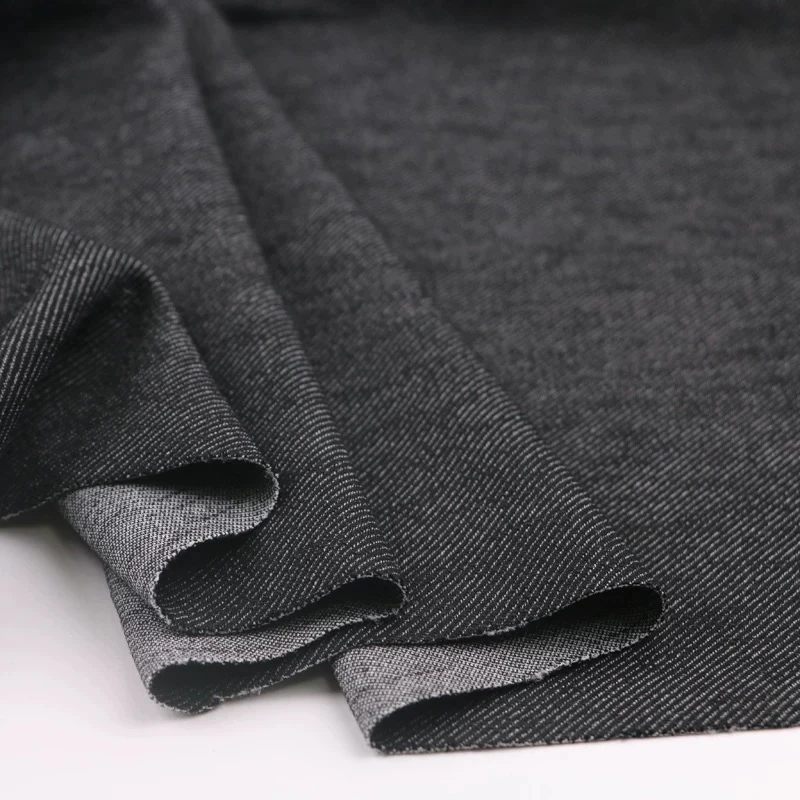
The Enchanting World of Indigo Blue
In the vast tapestry of colors that weave through human history, few hues evoke as much nostalgia and timeless elegance as indigo blue.Heluhelu hou aku -
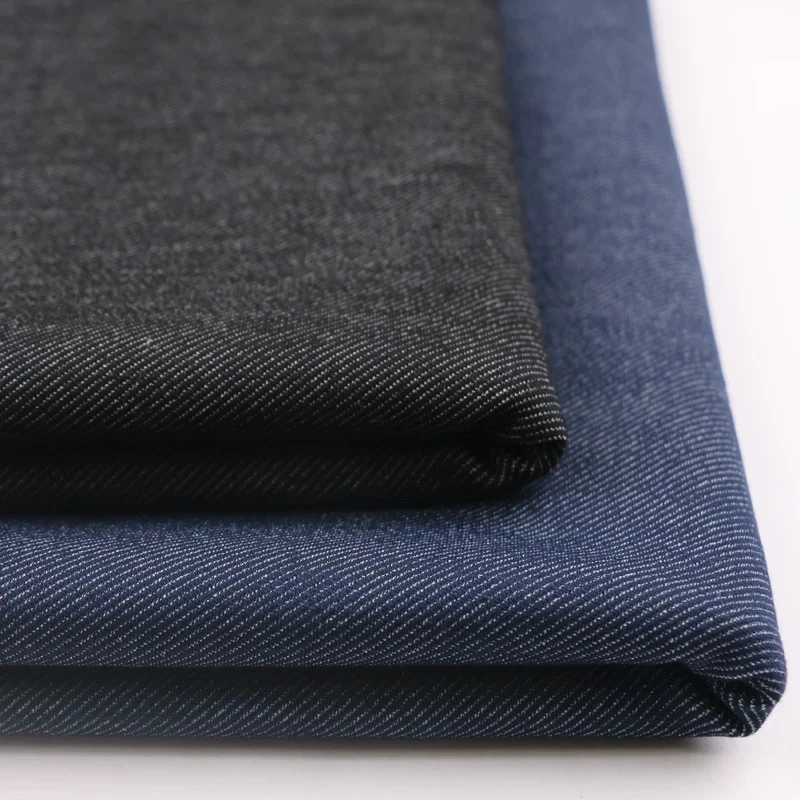 In the vibrant world of textiles and colorants, sulphur black dyes occupy a unique and prominent position.Heluhelu hou aku
In the vibrant world of textiles and colorants, sulphur black dyes occupy a unique and prominent position.Heluhelu hou aku -
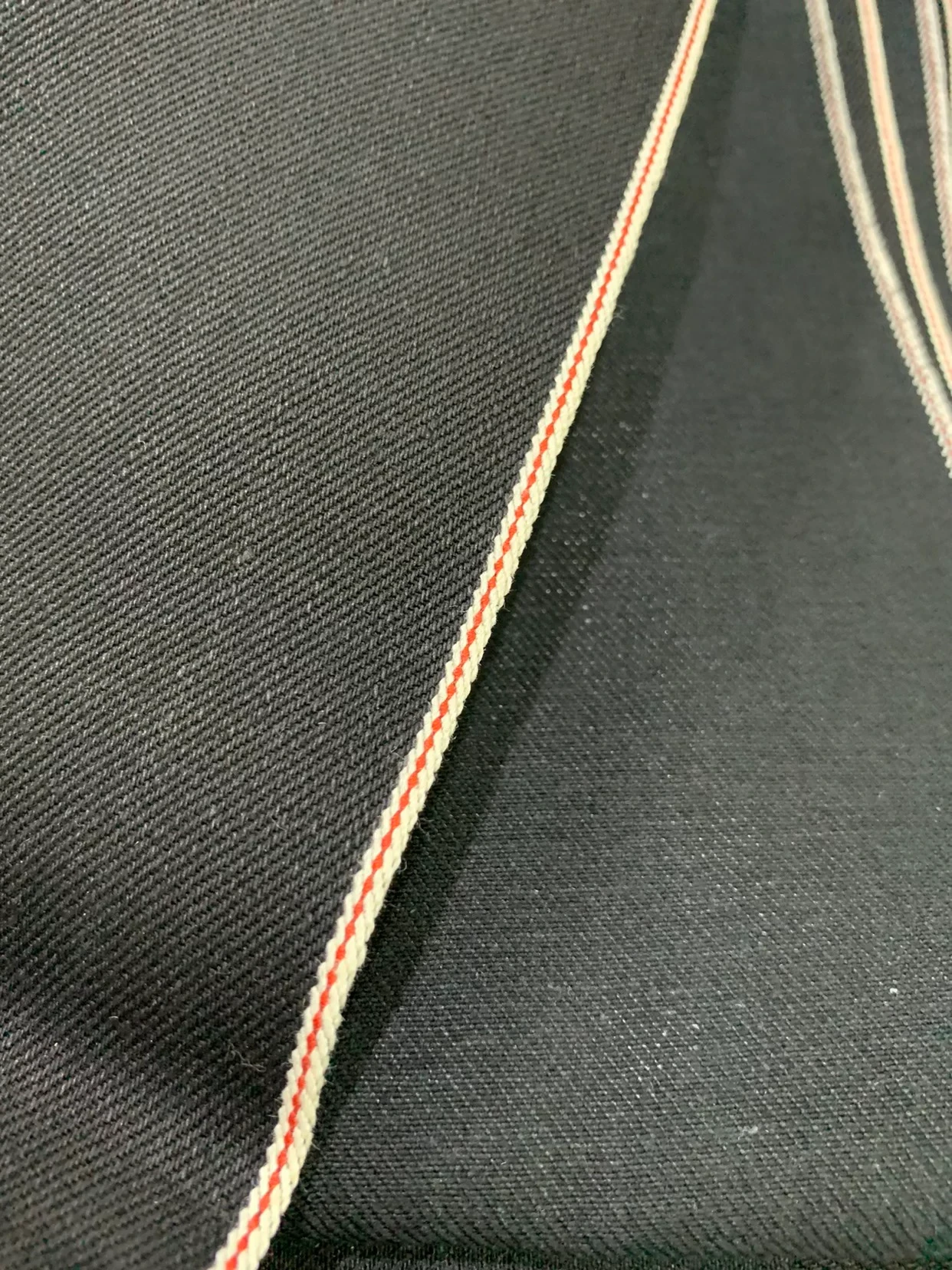
Unlocking the Mysteries of Sulphur Black: A Journey Through the World of Versatile Dyes
In the vibrant landscape of textile dyes, few colors evoke a sense of timeless elegance and enduring practicality quite like sulphur black.Heluhelu hou aku -
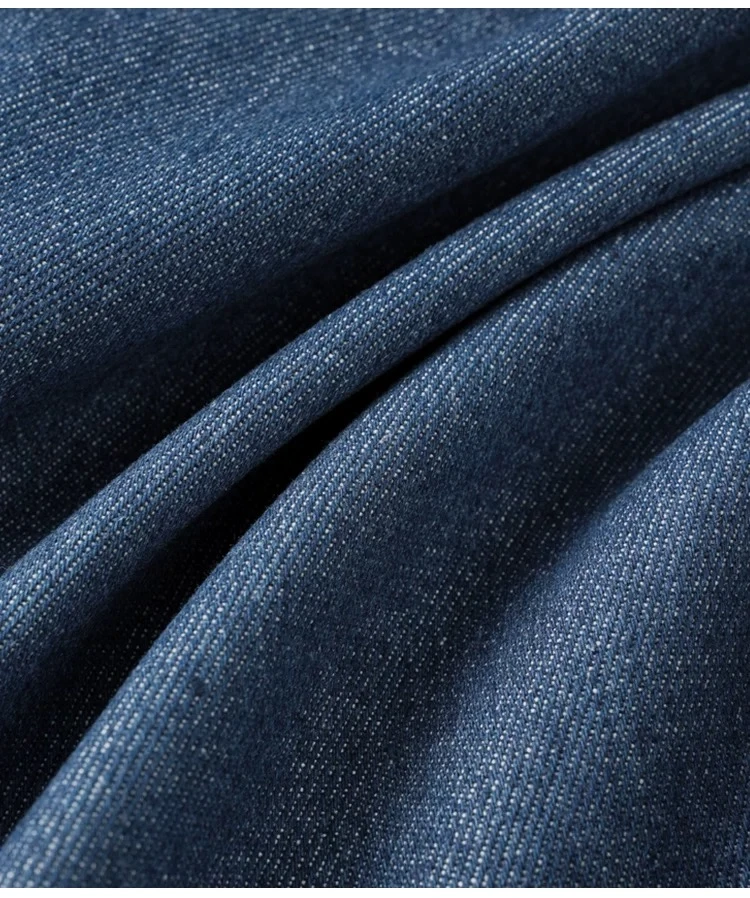
The Allure of Indigo Blue: Unraveling the Mystique of Vat Blue and Its Versatile Expressions
In the vast tapestry of colors that weave through human history and culture, indigo blue stands as a timeless thread, intertwining itself into the fabric of our lives in myriad forms.Heluhelu hou aku -
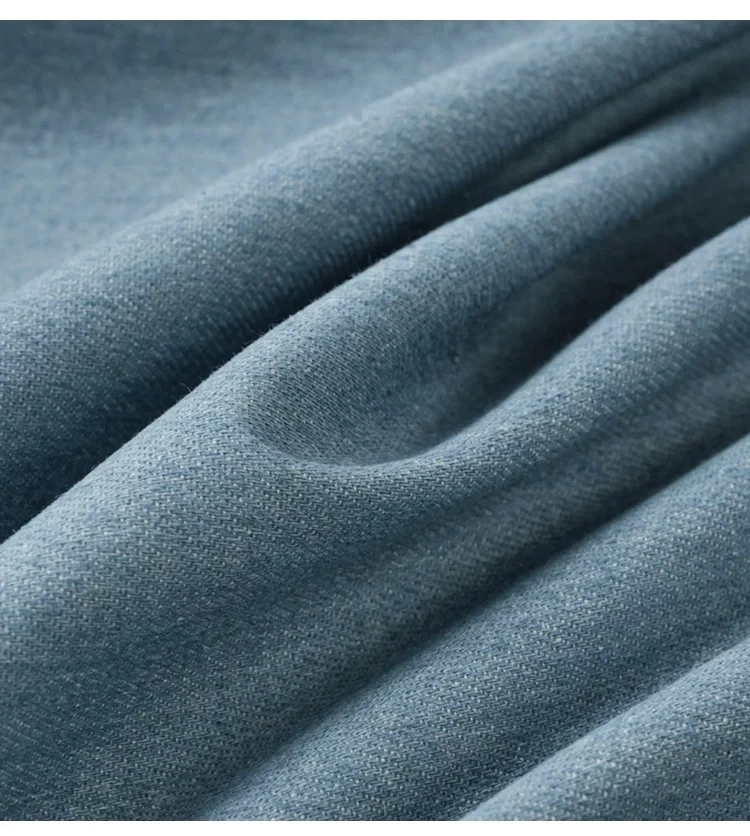
Unraveling the Mystique of Bromo Indigo: A Journey Through the World of Natural Dyes
In the vast tapestry of colors that adorn our world, indigo dye stands out as a timeless and enigmatic hue, imbuing fabrics with a rich, deep blue that transcends generations and cultures.Heluhelu hou aku -
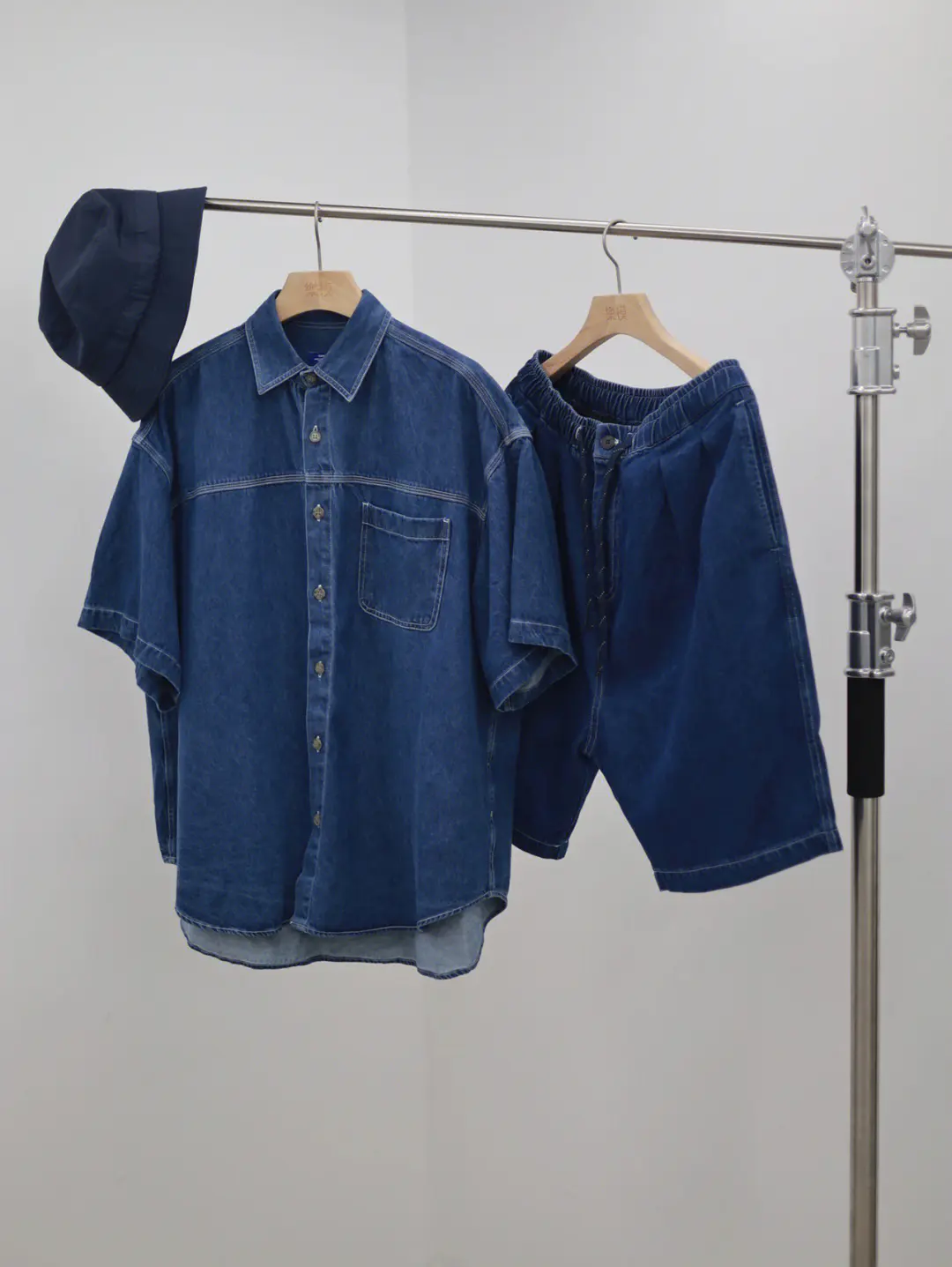
Exploring the Rich History and Versatility of Bromo Indigo: The Heart of Indigo Dye Fabric and Jeans
In the vast tapestry of textile colors, few hues evoke as much nostalgia and timeless appeal as indigo.Heluhelu hou aku

